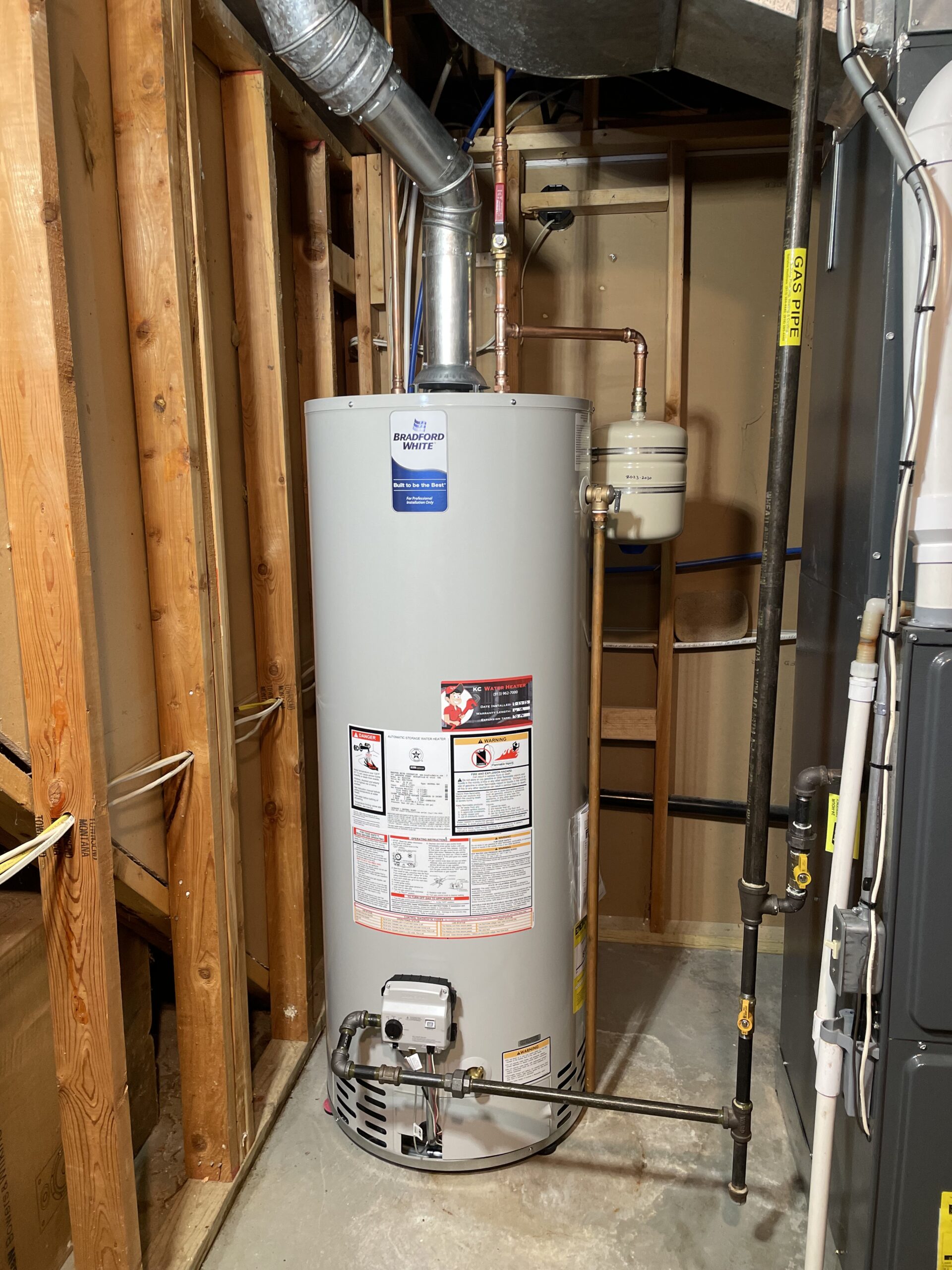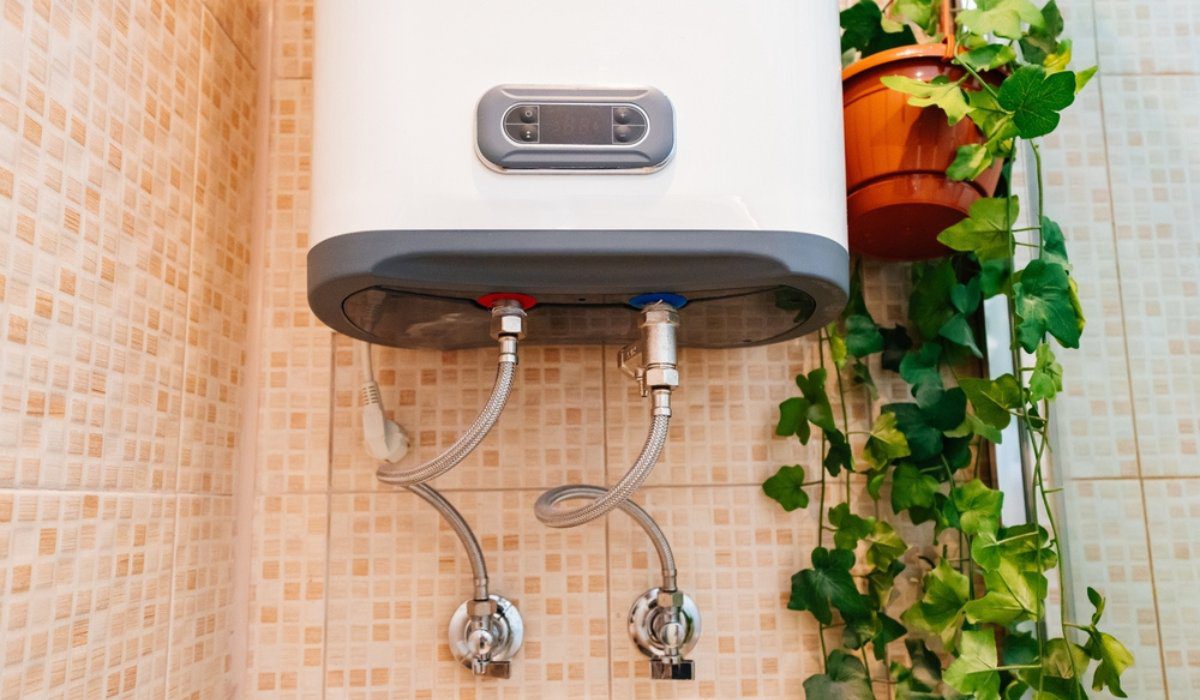Everybody seems to have their own theory with regards to What Kind of Maintenance Do Water Heaters Need?.

Warm water is vital for everyday convenience, whether it's for a refreshing shower or washing dishes. To guarantee your warm water system runs efficiently and lasts longer, routine upkeep is essential. This post gives useful ideas and understandings on how to maintain your home's warm water system to stay clear of disturbances and costly repair work.
Intro
Preserving your home's warm water system may appear overwhelming, but with a few basic actions, you can guarantee it operates smoothly for several years to find. This overview covers every little thing from understanding your hot water system to DIY maintenance ideas and knowing when to call in professional assistance.
Value of Keeping Your Hot Water System
Regular maintenance not only prolongs the life-span of your warm water system but also ensures it operates efficiently. Overlooking maintenance can result in lowered performance, higher energy bills, and even premature failure of the system.
Indications Your Warm Water System Demands Upkeep
Recognizing when your hot water system needs interest can stop major issues. Look out for indicators such as irregular water temperature, weird sounds from the heating system, or rusty water.
Understanding Your Warm Water System
Prior to diving right into upkeep jobs, it's practical to understand the basic components of your warm water system. Commonly, this consists of the hot water heater itself, pipes, anode poles, and temperature level controls.
Month-to-month Upkeep Tasks
Normal regular monthly checks can help capture minor problems before they rise.
Purging the Water Heater
Purging your hot water heater gets rid of debris buildup, boosting efficiency and prolonging its life.
Monitoring and Replacing Anode Rods
Anode rods protect against deterioration inside the container. Checking and replacing them when worn out is crucial.
Inspecting and Readjusting Temperature Settings
Readjusting the temperature setups makes certain ideal efficiency and safety and security.
DIY Tips for Maintenance
You can perform numerous upkeep tasks on your own to maintain your hot water system in leading condition.
Looking for Leakages
Frequently evaluate pipes and connections for leaks, as these can bring about water damage and higher costs.
Checking Pressure Alleviation Valves
Evaluating the pressure relief valve ensures it operates properly and prevents excessive stress build-up.
Insulating Pipelines
Insulating hot water pipes lowers warm loss and can conserve energy.
When to Call an Expert
While do it yourself maintenance is helpful, some concerns call for professional knowledge.
Facility Issues Needing Specialist Help
Examples consist of significant leakages, electrical issues, or if your hot water heater is consistently underperforming.
Regular Specialist Upkeep Benefits
Expert upkeep can consist of comprehensive evaluations, tune-ups, and making certain compliance with safety and security requirements.
Verdict
Routine maintenance of your home's warm water system is important for performance, longevity, and expense financial savings. By following these suggestions and recognizing when to seek expert help, you can guarantee a trusted supply of hot water without unforeseen disruptions.
How to Maintain an Instant Hot Water Heater
Before tinkering with your hot water heater, make sure that it’s not powered on. You also have to turn off the main circuit breaker and shut off the main gas line to prevent accidents. Also turn off the water valves connected to your unit to prevent water from flowing into and out of the appliance. 2. When you’re done, you have to detach the purge valves’ caps. These look like the letter “T” and are situated on either side of the water valves. Doing so will release any pressure that has accumulated inside the valves while at the same time avoid hot water from shooting out and burning your skin. 3. When the purge valves’ caps are removed, you have to connect your hosing lines to the valves. Your unit should have come with three hoses but if it didn’t, you can purchase these things from any hardware or home repair shops. You can also get them from retail stores that sell water heating systems. Read the user’s manual and follow it to complete this task properly. When the hosing lines are connected, open the purge port’s valves. 4. You should never use harsh chemical cleaners or solutions when cleaning your unit. Make use of white vinegar instead. It should be undiluted and you’ll probably use about 2 gallons. 5. Now flush your water heater. This task should probably take about 40 minutes. We can’t give you specific directions for this because the procedure is carried out depending on the type, model and brand of your heater. With that being said, refer to the user’s manual. 6. When you’re done draining the unit, you have to turn off the purge port valves again. Remove the hosing lines that you earlier installed on each of the water valves. Put the valve caps (purge port) back in their respective places and be very careful so as not to damage the rubber discs that are found inside these caps. 7. Now that everything’s back in place, check your user’s manual again to find out how to reactivate your water heating system. 8. Once it is working, turn one of your hot water faucets on just to let air pass through the heater’s water supply pipes. Leave the tap on until water flows smoothly out of it. https://www.orrplumbing.com/blog/2014/september/how-to-maintain-an-instant-hot-water-heater/

I stumbled upon that entry about Tips on Maintaining a Water Heater while doing a search on the web. Liked our write up? Please share it. Help others find it. Thanks for being here. Please pay a visit to our website back soon.
Call Today